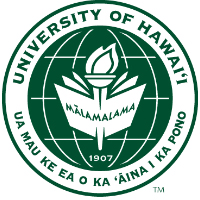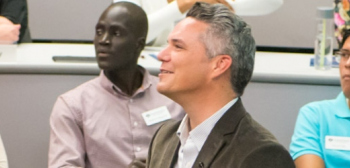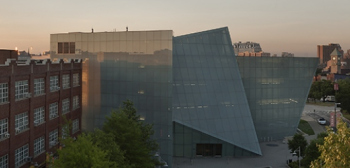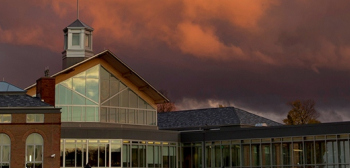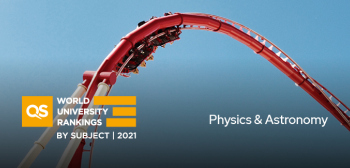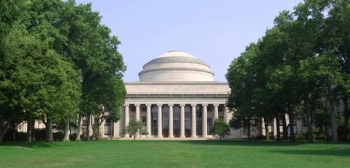夏威夷大学马诺亚分校
About
The University of Hawaii at Manoa is a premier research university of international standing. Manoa is the flagship of the University of Hawaii System, the state's sole public university system governed by a 12-member Board of Regents. A land-grant, sea-grant, and space-grant institution, Manoa creates, refines, disseminates, and perpetuates human knowledge; offers a comprehensive array of undergraduate, graduate, and professional degrees through the doctoral level; carries out advanced research; and extends services to the community. Located in Manoa Valley on the island of Oahu, our university was founded in 1907 under the auspices of the Morrill Act as a land-grant college of agriculture and mechanic arts. With the addition of a College of Arts and Sciences in 1920, the college became the University of Hawaii, and in 1972, it became the University of Hawaii at Manoa to distinguish it from the other units in the growing UH system. Today more than 20,400 students are enrolled in Manoa courses, on campus or via distance delivery.
Classified as a Carnegie Doctoral/Research University-Extensive institution, Manoa offers 101 bachelor's degrees, 87 master's degrees, and 54 doctorates. We also offer first professional degrees in law, medicine, and architecture. Approximately 65 percent of Manoa students are undergraduates, 57 percent are of Asian or Pacific Islander ancestry, and 56 percent are women. Manoa's special distinction is found in its Hawaiian, Asian, and Pacific orientation and unique location. Together, these foster advantages in tropical agriculture, tropical medicine, oceanography, astronomy, electrical engineering, volcanology, evolutionary biology, comparative philosophy, urban planning and international trade. Manoa also offers instruction in more Asia-Pacific languages than any other U.S. institution of higher learning. As a result, students are provided special opportunities for research, service learning, and co-curricular activities in Asian, Pacific, and Hawaiian studies. The beauty of the verdant Manoa valley provides a backdrop for a unique, yet inviting, campus. Hawaiian, Asian, and Pacific traditions are well represented throughout the campus. There is an authentic Japanese tea house and garden, a replica of a Korean king's throne hall, and a Hawaiian taro patch. Off-campus facilities include the Lyon Arboretum, the Waikiki Aquarium, several marine facilities, and the world famous telescopes atop Mauna Kea.
About
The University of Hawaii at Manoa is a premier research university of international standing. Manoa is the flagship of the University of Hawaii System, the state's sole public university system governed by a 12-member Board of Regents. A land-grant, sea-grant, and space-grant institution, Manoa creates, refines, disseminates, and perpetuates human knowledge; offers a comprehensive array of undergraduate, graduate, and professional degrees through the doctoral level; carries out advanced research; and extends services to the community. Located in Manoa Valley on the island of Oahu, our university was founded in 1907 under the auspices of the Morrill Act as a land-grant college of agriculture and mechanic arts. With the addition of a College of Arts and Sciences in 1920, the college became the University of Hawaii, and in 1972, it became the University of Hawaii at Manoa to distinguish it from the other units in the growing UH system. Today more than 20,400 students are enrolled in Manoa courses, on campus or via distance delivery.
Classified as a Carnegie Doctoral/Research University-Extensive institution, Manoa offers 101 bachelor's degrees, 87 master's degrees, and 54 doctorates. We also offer first professional degrees in law, medicine, and architecture. Approximately 65 percent of Manoa students are undergraduates, 57 percent are of Asian or Pacific Islander ancestry, and 56 percent are women. Manoa's special distinction is found in its Hawaiian, Asian, and Pacific orientation and unique location. Together, these foster advantages in tropical agriculture, tropical medicine, oceanography, astronomy, electrical engineering, volcanology, evolutionary biology, comparative philosophy, urban planning and international trade. Manoa also offers instruction in more Asia-Pacific languages than any other U.S. institution of higher learning. As a result, students are provided special opportunities for research, service learning, and co-curricular activities in Asian, Pacific, and Hawaiian studies. The beauty of the verdant Manoa valley provides a backdrop for a unique, yet inviting, campus. Hawaiian, Asian, and Pacific traditions are well represented throughout the campus. There is an authentic Japanese tea house and garden, a replica of a Korean king's throne hall, and a Hawaiian taro patch. Off-campus facilities include the Lyon Arboretum, the Waikiki Aquarium, several marine facilities, and the world famous telescopes atop Mauna Kea.
University highlights
- 2012#283
- 2014#=327
- 2015#=324
- 2016#=327
- 2017#=343
- 2018#=341
- 2019#=302
- 2020#326
- 2021#=333
- 2022#=340
- 2023#=380
- 2024#386
- 2025#488
- 2026#=546
Campus locations
Mānoa Campus,
2500 Campus Road , Honolulu , Hawaii , United States , 96822
Hilo Campus,
200 W. Kāwili Street , Hilo , Hawaii , United States , 96720-4091
West Oʻahu,
University of Hawaiʻi-West Oʻahu , Kapolei , Hawaii , United States , 96707
Similar Universities
Seton Hall University
400 S Orange Ave, South Orange, South Orange
乔治华盛顿大学商学院
George Washington University, Washington D.C.
德克萨斯大学阿灵顿大学
701 S. Nedderman Drive, Arlington
雷鸟全球管理学院
400 E Van Buren, Phoenix
马里兰州立大学艺术学院
1300 W. Mount Royal Avenue, Baltimore

